Nuremberg , 2017
FORBIDDEN ARCHITECTURE
Architecture for non-binary families
Wooden house, aluminum, benches, screen, helmets, bags, brochures, 120 photos, video
300 x 200 x 250 cm
Forbidden Architecture is part of the ongoing project Century 22 by Alicia Framis in which she challenges binary concepts of gender. The project premiered at the Stedelijk Museum in Amsterdam in January 2017. Century 22 is part of the Genderless Project with which Framis wants to create space for discussion around the topic of gender identity and diversity. Century 22 Real Estate, its name inspired by the well-known international real estate firm Century 21, is a real-estate company established by Framis in which she explores different ways of living for non-binary families. Houses have traditionally been built to provide the traditional family of mother, father, and two children, with a living space. However, there are many different ways of living together as a family; same-sex couples, community living, transgender and gender fluid couples, living amongst friends, or having a live-in au-pair, to name just a few. Century 22 breaks with the stereotypical gendered architecture and creates non-binary spaces.
Forbidden Architecture presents the first fitting room for construction workers that does not fit gender expectations and standards of male masculinity. It aims to catch up with the realities of our time and escape persisting taboos and judgements. The six yellow helmets inside the house belong to the construction workers. The construction workers are the ones that build the new architectural forms and create new acceptance. They are both builder and thinker.
The interior of the little ‘house’ conflates the stereotype of macho construction worker with that of the sentimental holding on to family photographs. The space is personalised and the photographs that are plastered onto the ceiling of the space do not present us with family pictures of traditional mother-father families, but instead with, for instance, a homosexual couple in the nineteenth century and their four adopted children. Inside the fitting room one encounters a video that acquaints us with new architectural models of living together. Introduced are for example the Transgender House, the House for Life Partner and Toyboy and the Doghouse with Human Being. For the video Framis interviewed people living both in the Netherlands and abroad who told her their stories of non-binary living.
Framis is continuing the interviews and continues to develop new models of living.
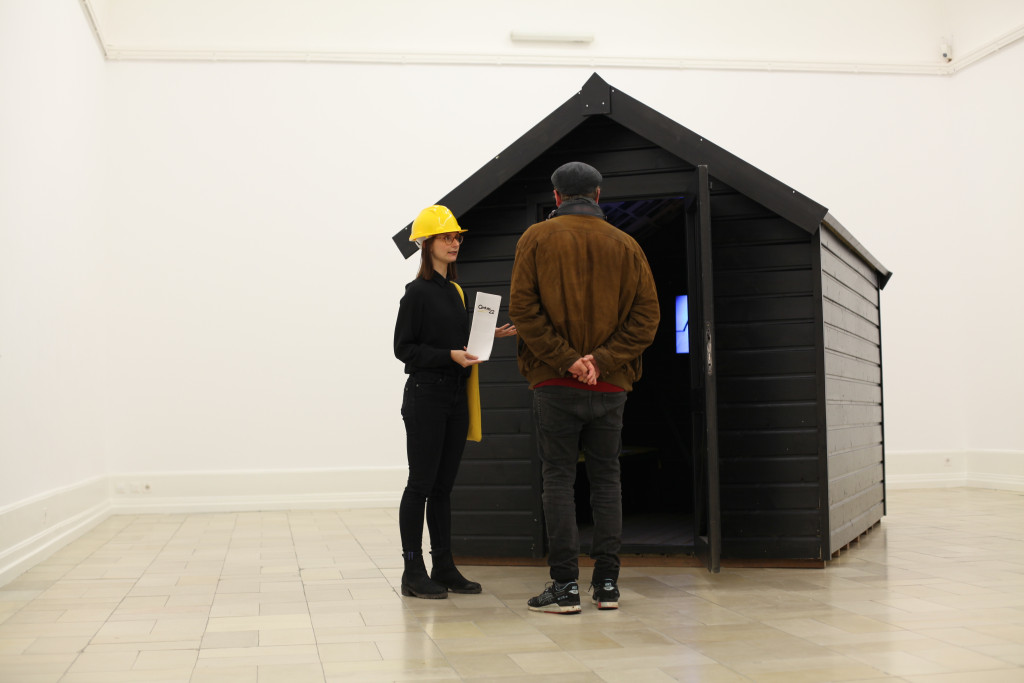
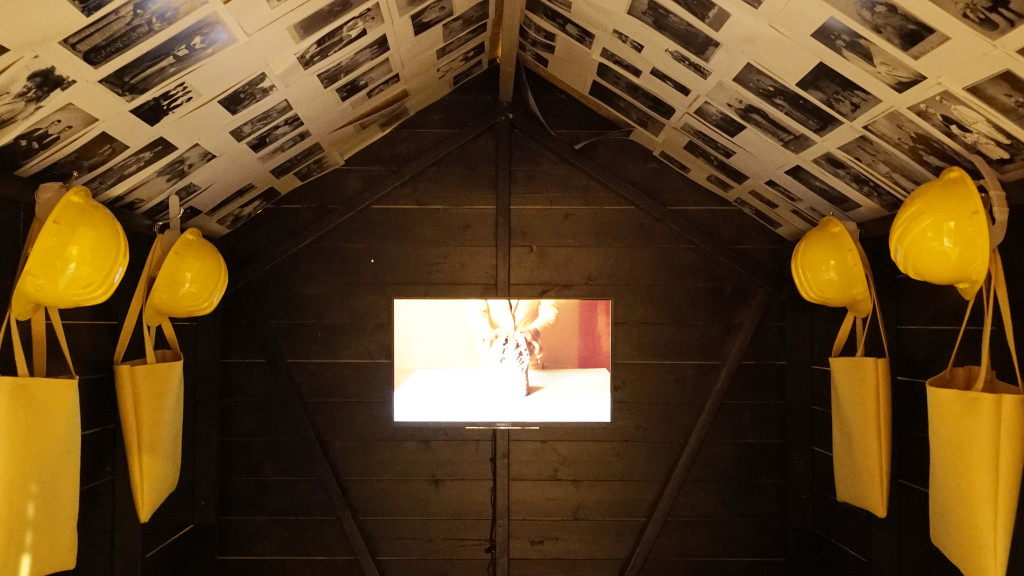
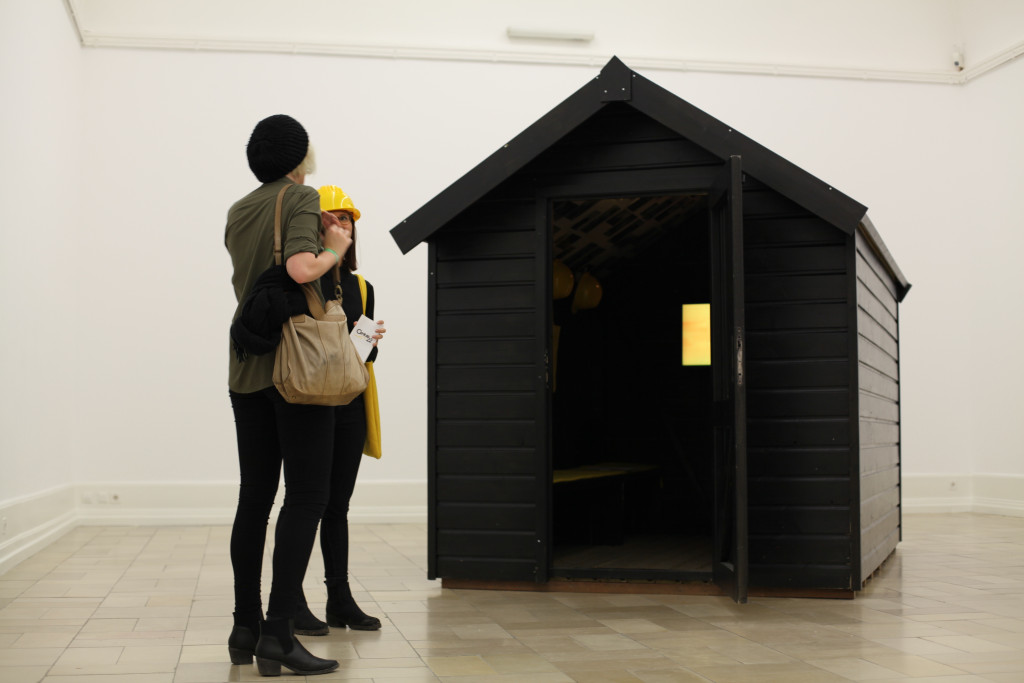
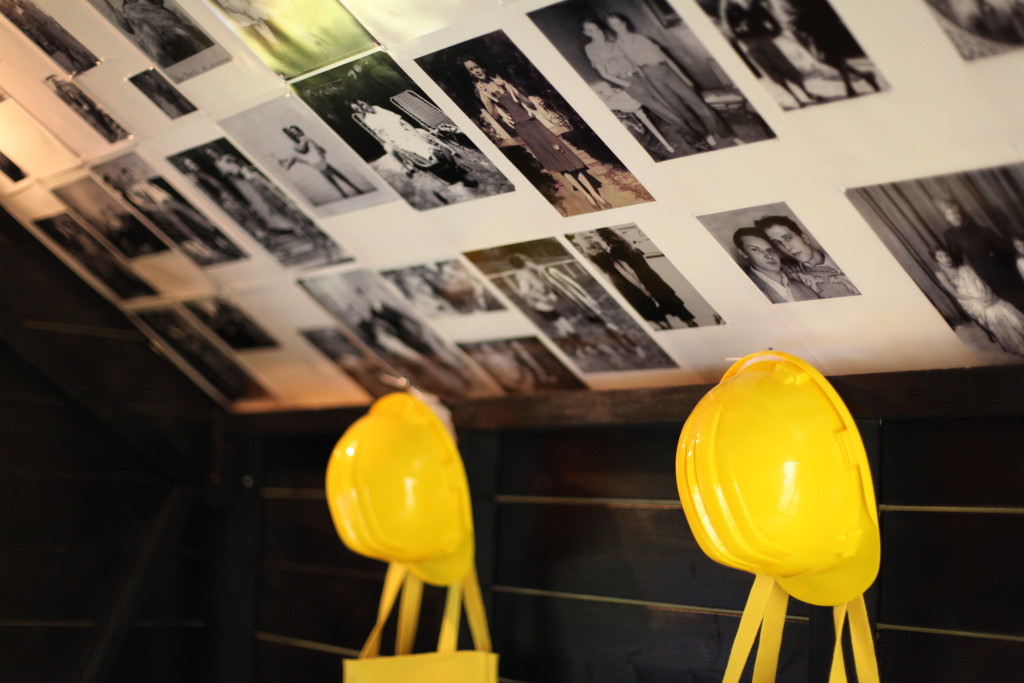
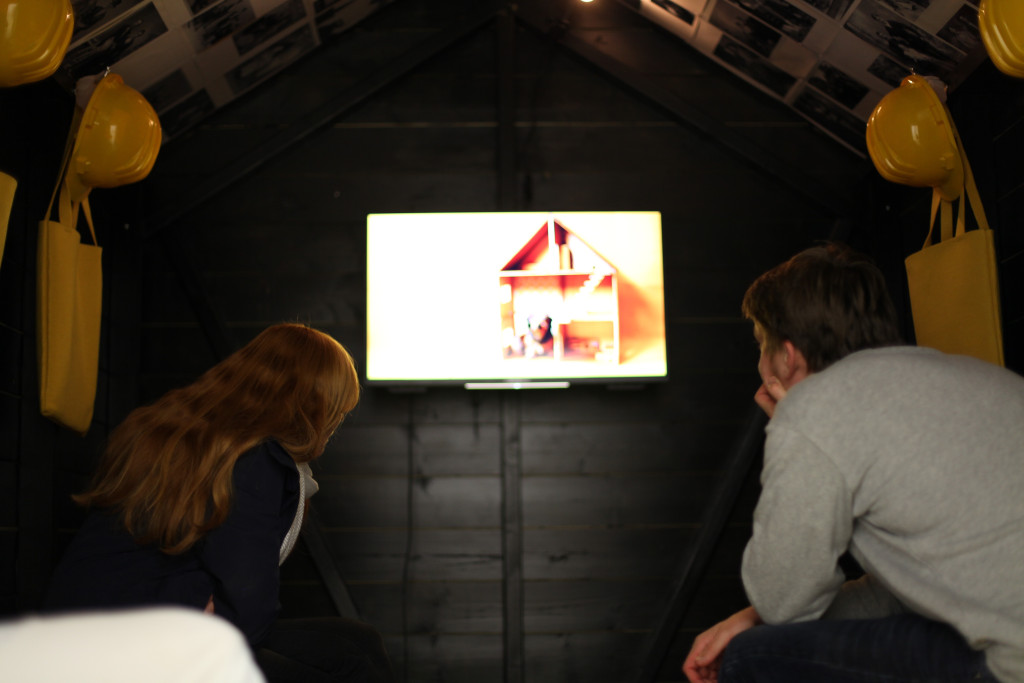
Forbidden Architecture is part of the ongoing project Century 22 by Alicia Framis in which she challenges binary concepts of gender. The project premiered at the Stedelijk Museum in Amsterdam in January 2017. Century 22 is part of the Genderless Project with which Framis wants to create space for discussion around the topic of gender identity and diversity. Century 22 Real Estate, its name inspired by the well-known international real estate firm Century 21, is a real-estate company established by Framis in which she explores different ways of living for non-binary families. Houses have traditionally been built to provide the traditional family of mother, father, and two children, with a living space. However, there are many different ways of living together as a family; same-sex couples, community living, transgender and gender fluid couples, living amongst friends, or having a live-in au-pair, to name just a few. Century 22 breaks with the stereotypical gendered architecture and creates non-binary spaces.
Forbidden Architecture presents the first fitting room for construction workers that does not fit gender expectations and standards of male masculinity. It aims to catch up with the realities of our time and escape persisting taboos and judgements. The six yellow helmets inside the house belong to the construction workers. The construction workers are the ones that build the new architectural forms and create new acceptance. They are both builder and thinker.
The interior of the little ‘house’ conflates the stereotype of macho construction worker with that of the sentimental holding on to family photographs. The space is personalised and the photographs that are plastered onto the ceiling of the space do not present us with family pictures of traditional mother-father families, but instead with, for instance, a homosexual couple in the nineteenth century and their four adopted children. Inside the fitting room one encounters a video that acquaints us with new architectural models of living together. Introduced are for example the Transgender House, the House for Life Partner and Toyboy and the Doghouse with Human Being. For the video Framis interviewed people living both in the Netherlands and abroad who told her their stories of non-binary living.
Framis is continuing the interviews and continues to develop new models of living.